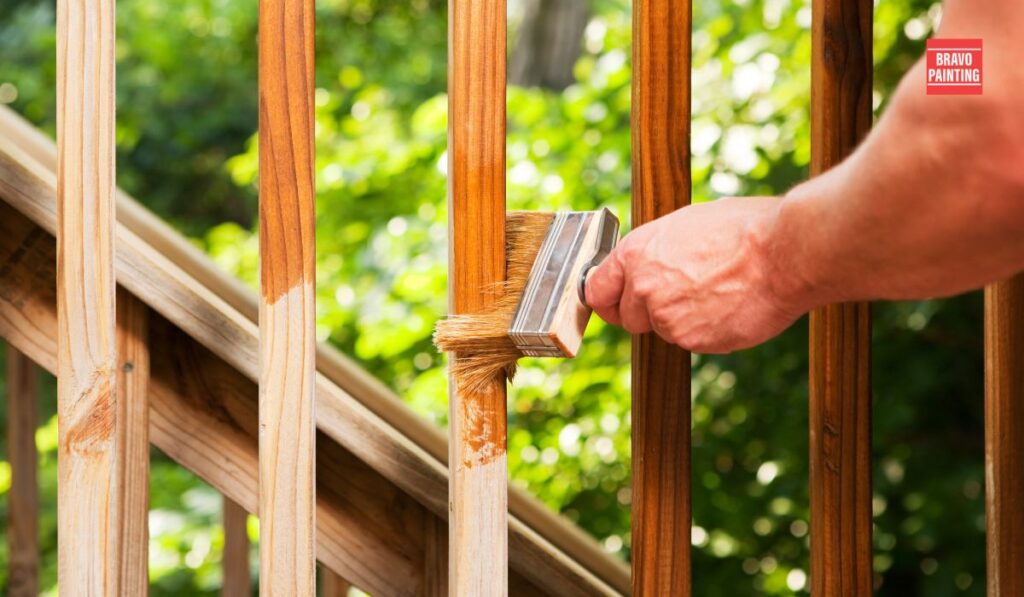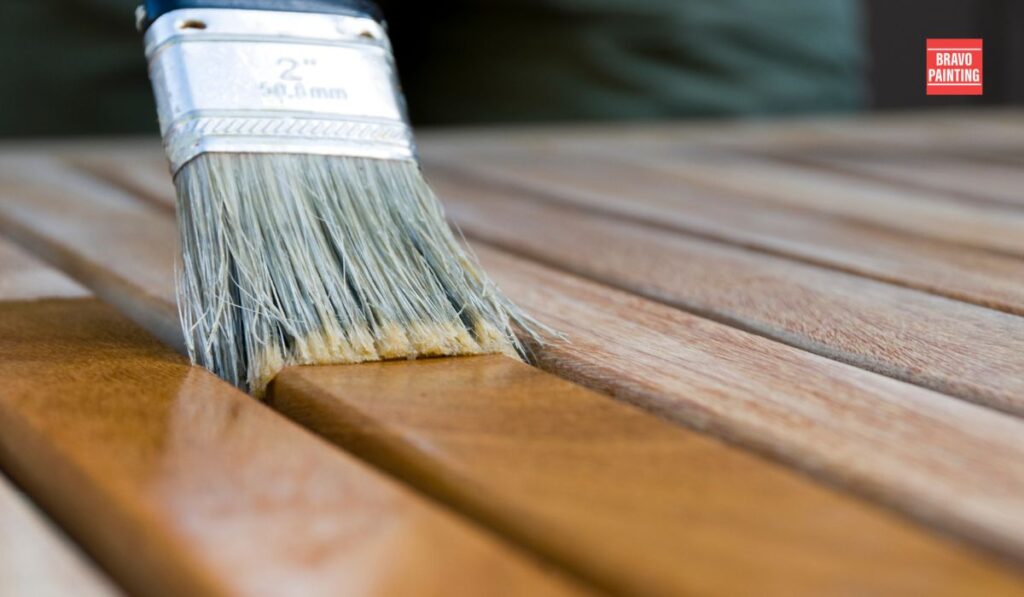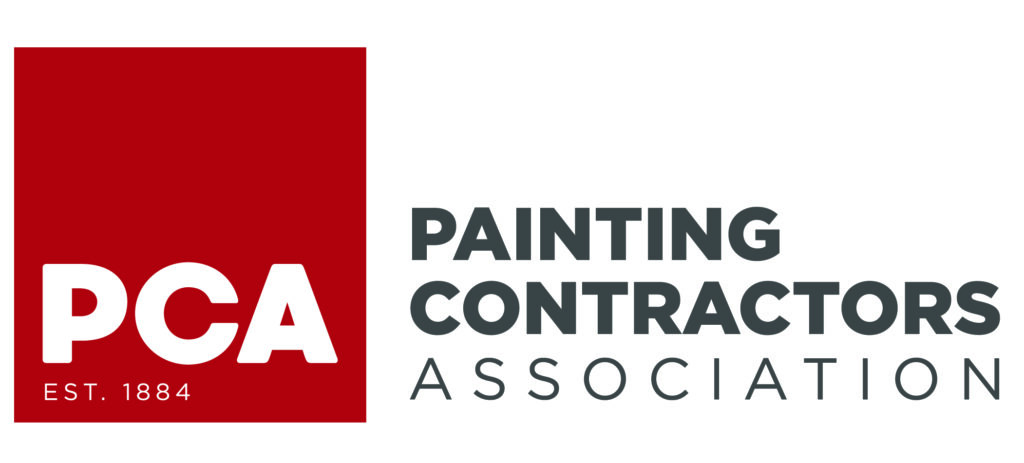When it comes to home improvement projects, painting your trim might not seem like the most exciting task, but it can make a significant difference in the overall look and feel of your space.
The trim serves as a finishing touch, framing doors, windows, and other architectural features, and choosing the right paint can enhance its beauty and durability.
However, with a plethora of options available on the market, finding the best paint for your trim can be overwhelming.
In this comprehensive guide, we’ll explore everything you need to know to make an informed decision and achieve professional-looking results.
Understanding Trim Paint
Trim paint is specially formulated to withstand wear and tear, resist moisture, and provide a smooth, durable finish.
Unlike wall paint, trim paint is often glossier and more washable, making it ideal for areas prone to high traffic and frequent touching.
It’s essential to select a paint specifically designed for trim to ensure longevity and a flawless appearance.
Types of Trim Paint
Oil-based Paint: Traditional oil-based paints offer excellent durability and adhesion, making them suitable for high-traffic areas like trim.
They provide a smooth finish and are resistant to stains and abrasions.
However, they have a strong odor, longer drying times, and require mineral spirits for cleanup.
Water-based (Latex) Paint: Water-based trim paints have become increasingly popular due to their low odor, quick drying time, and easy cleanup with soap and water.
They provide a durable finish and come in a variety of sheens, from matte to high gloss.
While they may not be as durable as oil-based paints, advancements in technology have improved their performance significantly.

Alkyd Paint: Alkyd paints offer the durability of oil-based paints with the ease of application of water-based paints.
They provide excellent adhesion and flow, resulting in a smooth, professional finish.
Alkyd paints have minimal odor and dry to a hard, durable surface, making them suitable for trim and doors.
Factors to Consider When Choosing Trim Paint:
Sheen: The sheen level of paint determines its glossiness and durability.
High-gloss paints offer maximum durability and are easy to clean, making them ideal for trim. However, they can highlight imperfections in the surface.
Satin and semi-gloss finishes strike a balance between durability and aesthetics, while matte finishes provide a subtle, understated look.
Color: When choosing a paint color for your trim, consider the overall color scheme of the room.
White is a classic choice that complements any decor style and creates a clean, timeless look.
For a more dramatic effect, you can opt for contrasting or complementary colors that highlight architectural details.
Durability: Trim paint is subjected to more wear and tear than wall paint, so durability is crucial.
Look for paints labeled as “scrubbable” or “washable,” indicating that they can withstand cleaning without losing their finish.
Additionally, consider factors such as resistance to moisture, stains, and fading when selecting a trim paint.
Compatibility: If you’re painting over existing trim, ensure that the new paint is compatible with the previous coating.
Oil-based paints can be applied over latex paints with proper preparation, but latex paints may not adhere well to oil-based coatings without priming.
Application Method: Consider your preferred application method when choosing trim paint.
Brushes provide precise control and are ideal for detailed work, while rollers are faster and more efficient for large areas.
Spray application can also yield excellent results but requires proper ventilation and equipment.
Preparation: Proper preparation is key to a successful paint job, especially when it comes to trim.
Start by thoroughly cleaning the surface to remove dirt, dust, and grease. Sand any rough areas or imperfections to ensure a smooth finish.
Fill in any cracks or holes with a suitable filler and allow it to dry completely before sanding again.
Finally, prime the trim to promote adhesion and create a uniform surface for the paint to adhere to.
Priming: While some trim paints claim to be self-priming, it’s still recommended to use a separate primer, especially when painting over bare wood or previously unpainted surfaces.
A quality primer will seal the surface, prevent tannin bleed-through, and improve paint adhesion.
Choose a primer specifically formulated for trim and follow the manufacturer’s instructions for application and drying times.
Application Tips: When applying trim paint, use high-quality brushes or rollers designed for the type of paint you’re using.
Synthetic bristle brushes are ideal for water-based paints, while natural bristle brushes work well with oil-based paints.
Load the brush or roller evenly with paint and apply in smooth, even strokes, following the natural grain of the wood.
Take care to avoid drips, runs, and brush marks, and work in small sections to ensure proper coverage and consistency.
Drying and Curing: Allow the paint to dry completely between coats, following the manufacturer’s recommended drying times.
While water-based paints dry faster than oil-based paints, it’s still important to allow adequate drying time to prevent smudges or imperfections.
After the final coat, allow the paint to cure fully before subjecting it to heavy use or cleaning.
This typically takes several days to a week, depending on the paint type and environmental conditions.
Maintenance: Once the trim paint has cured, proper maintenance will help prolong its life and appearance.
Regular dusting and gentle cleaning with a mild detergent and water solution will remove dirt and grime without damaging the paint finish.

Avoid harsh chemicals or abrasive cleaners, as they can dull the paint and cause it to deteriorate over time.
Inspect the trim periodically for any signs of wear or damage, and touch up as needed to keep it looking fresh and pristine.
Conclusion
Choosing the best paint for your trim is essential for achieving professional-looking results and enhancing the beauty and durability of your space.
Consider factors such as sheen, color, durability, compatibility, and application method when selecting trim paint.
By making an informed decision and following proper preparation and application techniques, you can transform your trim and elevate the overall look of your home.
For high-quality paint options and expert advice, visit Bravo Painting Company.
FAQs
What is trim paint, and why is it different from regular wall paint?
Trim paint is specially formulated to withstand wear and tear, resist moisture, and provide a smooth, durable finish. Unlike wall paint, trim paint is often glossier and more washable, making it ideal for areas prone to high traffic and frequent touching.
What are the different types of trim paint available?
There are three main types of trim paint: oil-based, water-based (latex), and alkyd. Oil-based paints offer excellent durability but have a strong odor and longer drying times. Water-based paints have low odor, quick drying time, and easy cleanup. Alkyd paints combine the durability of oil-based paints with the ease of application of water-based paints.
How do I choose the right sheen for my trim paint?
The sheen level of paint determines its glossiness and durability. High-gloss paints offer maximum durability and are easy to clean, while matte finishes provide a subtle, understated look. Satin and semi-gloss finishes strike a balance between durability and aesthetics.
What factors should I consider when selecting trim paint color?
Consider the overall color scheme of the room and the effect you want to achieve. White is a classic choice that complements any decor style, while contrasting or complementary colors can highlight architectural details.
How important is durability when choosing trim paint?
Durability is crucial for trim paint since it’s subjected to more wear and tear than wall paint. Look for paints labeled as “scrubbable” or “washable” and consider factors such as resistance to moisture, stains, and fading.
Can I apply trim paint over existing paint?
Yes, but ensure that the new paint is compatible with the previous coating. Oil-based paints can be applied over latex paints with proper preparation, but latex paints may not adhere well to oil-based coatings without priming.
What’s the best application method for trim paint?
Brushes provide precise control and are ideal for detailed work, while rollers are faster and more efficient for large areas. Spray application can also yield excellent results but requires proper ventilation and equipment.
How should I prepare the trim surface before painting?
Thoroughly clean the surface to remove dirt, dust, and grease. Sand any rough areas or imperfections to ensure a smooth finish, fill in cracks or holes, and prime the trim to promote adhesion.
Is priming necessary before applying trim paint?
While some trim paints claim to be self-priming, it’s still recommended to use a separate primer, especially when painting over bare wood or previously unpainted surfaces. A quality primer will seal the surface and improve paint adhesion.
How do I ensure a professional-looking finish when applying trim paint?
Use high-quality brushes or rollers designed for the type of paint you’re using, apply in smooth, even strokes, and allow the paint to dry completely between coats. Avoid drips, runs, and brush marks, and work in small sections for proper coverage and consistency.
How long does it take for trim paint to dry and cure?
The drying time of trim paint varies depending on the type of paint and environmental conditions. Water-based paints typically dry faster than oil-based paints, but it’s essential to allow adequate drying time between coats to prevent smudges or imperfections. After the final coat, allow the paint to cure fully, which can take several days to a week, before subjecting it to heavy use or cleaning.



